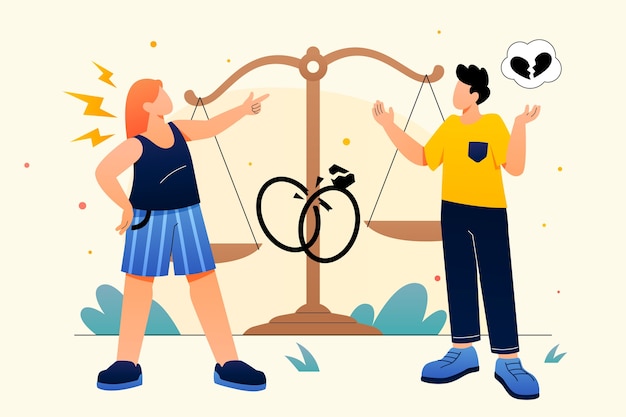Taking a Closer Look: How do Public and Robinhood Stack up Against Each Other?

Looking for the best investing app? Here’s a friendly comparison between two top contenders: Robinhood and Public.com. Both are fantastic for everyday folks seeking to dive into the world of investing. They’re easy to use with your smartphone, letting you trade stocks without commission.
If you’re debating between these two, this guide offers a clear comparison. And guess what? Since both Robinhood and Public.com allow commission-free trades, you could narratively try out both. Currently, both apps are offering signup bonuses for their users.
Key Differences:
1. Main difference between Robinhood and Public is that Public has a social feature, allowing investors to connect and learn from each other.
2. Public is also more transparent and does not participate in the Payment for Order Flow (PFOF), a practice that is somewhat controversial.
3. Both apps allow commission-free trading of stocks and exchange-traded funds (ETFs), but Robinhood enables users to trade options, which Public currently doesn’t.
4. Public offers investments in alternative assets like fine art, collectibles, and NFTs.
5. Public didn’t limit trading during the GameStop volatility incident, unlike Robinhood.
Fees & Pricing:
Setting up an account on either platform is free with zero commission on trades. They also offer fractional shares in companies like Amazon and Apple. Both Robinhood and Public have optional premium upgrades with added features for a small fee. Additional charges may apply for specific services like paper statements, wire transfers, but they are quite reasonable.
Investment Options:
1. Robinhood supports trades in individual stocks, ETFs, options, and cryptocurrencies.
2. Public facilitates trades in stocks, ETFs, and cryptocurrencies, with added access to alternative investments and U.S. treasuries.
3. Both apps offer an automatic dividend reinvestment (DRIP) plan, so any dividends you earn automatically go back into buying more shares.
Transparency:
Public.com wins when it comes to transparency. Robinhood had faced several controversies, including freezing new purchases of volatile stocks, which disheartened a lot of users. Public.com, contrarily, is highly committed to maintaining transparency and trust.
Community & Social Features:
Public.com provides a more interactive platform with various social features allowing users to connect, share, and learn from others. They also host “Town Halls” where executives of publicly traded companies are made available for questions and answers.
Ease of Use:
Both platforms prioritise simplicity, but Public.com takes a slight lead with its intuitive app design and user interface.
Data & Research:
Both platforms provide access to data, research, and educational resources, but Public.com slightly tops Robinhood by offering themes (groups of companies in a particular category) for easier stock research.
Customer Support:
Robinhood provides 24/7 support, outdoing Public.com, which offers chat support, but phone support only during weekdays 9:00 am – 5:00 pm Eastern time.
Signup Bonus:
Both apps offer a signup bonus of a free stock on joining, but Public.com lets you choose the share you want to receive.
Conclusion:
Both Robinhood and Public are excellent choices for new or seasoned investors. Robinhood wins if you want options trading, whereas Public tops for its transparency, social features, and access to a broader range of investments. Please remember that investing comes with risks and, as such, shouldn’t be taken lightly.
So, why not give both a shot and see which suits you better? After all, they both come with a free signup bonus. Happy investing!


